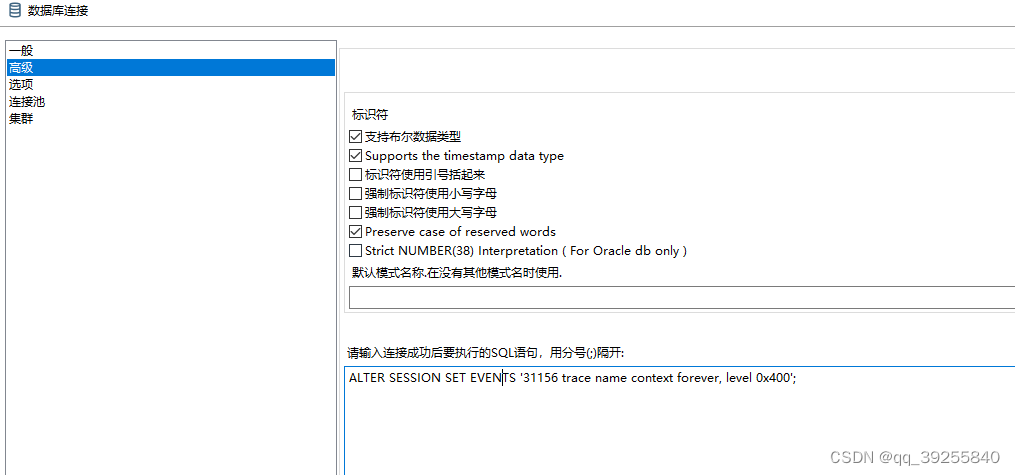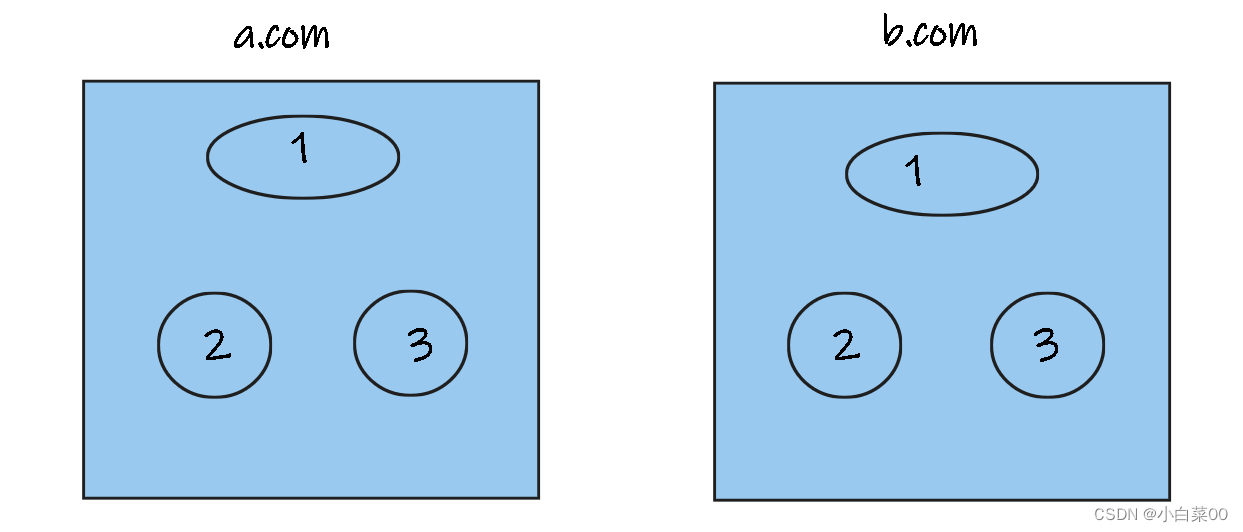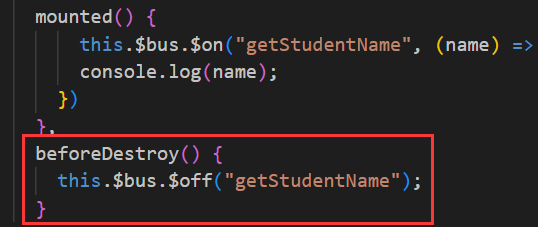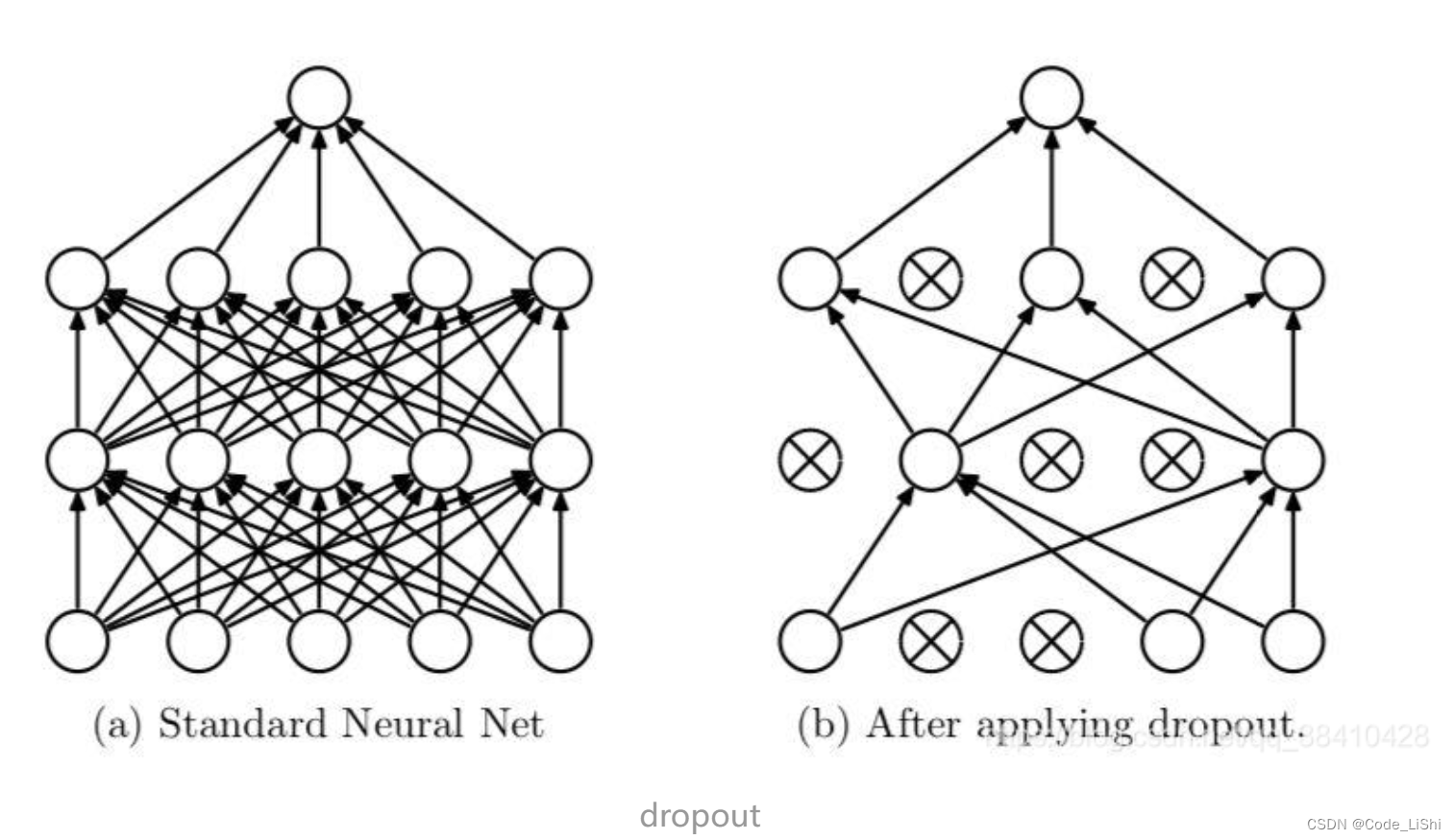题目: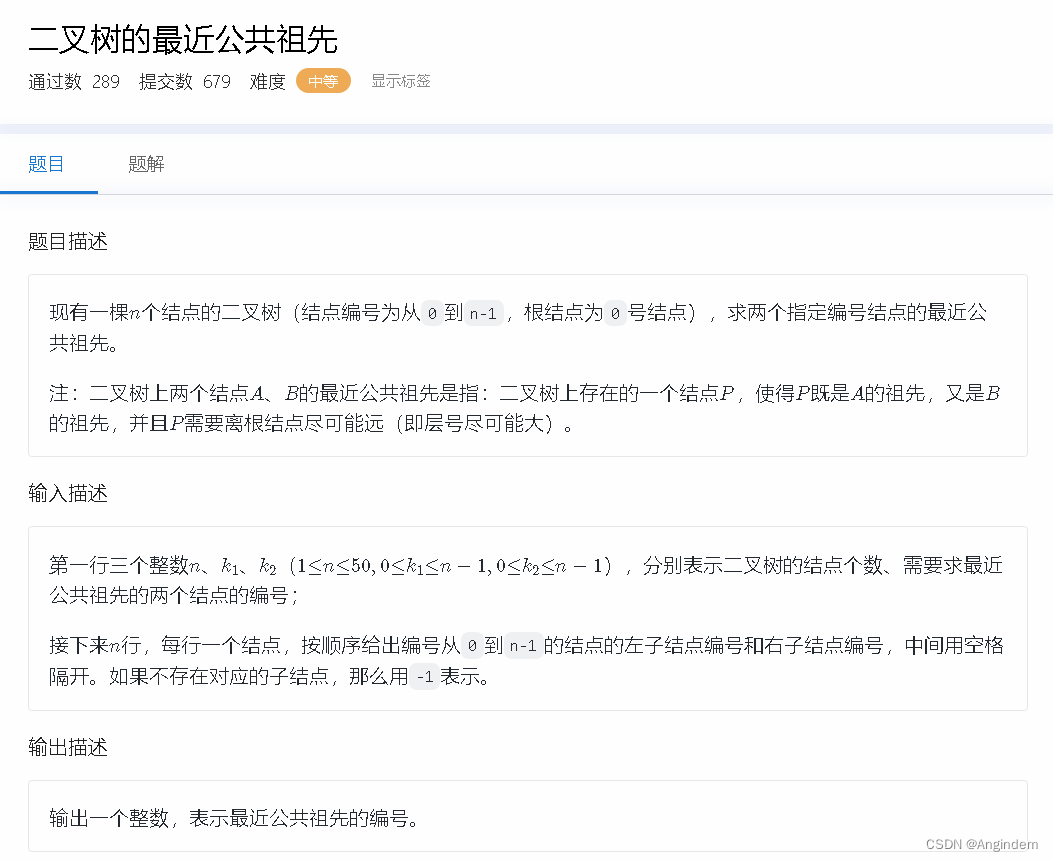
样例:
|
| 2 |

思路:
由题意,最近公共祖先就是,找出给出的两个结点的父结点 是谁。
这里有两种情况
1、给定的两个结点都是孩子结点
2、给定的两个结点,一个是孩子结点,一个是父结点。
这里 情况2 中给出的结点已经是父结点了,可以直接输出它的最近公共祖先就是该父结点。
又因为由于给出的是孩子,我们需要往上查找的,一般我们遍历二叉树都是从根节点往下遍历查找的。
这时候就涉及到了 后序遍历,后序遍历就是 左右中的 遍历,即从 孩子结点 往根结点遍历。
这样就可以使得我们从孩子结点往根结点方向的向上遍历寻找最近公共祖先。
代码详解如下:
#include <iostream>
#include <vector>
#include <queue>
#include <cstring>
#include <algorithm>
#include <unordered_map>
#define endl '\n'
#define YES puts("YES")
#define NO puts("NO")
#define umap unordered_map
#define All(x) x.begin(),x.end()
#pragma GCC optimize(3,"Ofast","inline")
#define IOS std::ios::sync_with_stdio(false),cin.tie(0), cout.tie(0)
using namespace std;
const int N = 2e6 + 10;
int n,node1,node2;// n为结点数量,node 为寻找的结点
umap<int,int>l,r; // l 为左支树,r 为 右支树
int ansNode = 0; // 答案最近公共祖先结点
int lowestCommonAncestor(int root,int &node1,int&node2)
{
// 如果当前结点是空结点,那么返回空结点
if(root == -1) return root;
// 包含情况2 如果刚好给出的node结点是 公共祖先结点,那么我们返回公共祖先结点
if(root == node1 || root == node2) return root;
// 开始后序遍历
int left = lowestCommonAncestor(l[root],node1,node2);
int right = lowestCommonAncestor(r[root],node1,node2);
// 如果当前结点的左右孩子结点都是有效的,返回当前结点判断是不是最近公共祖先结点
if(left != -1 && right != -1) return root;
else
// 如果出现 分叉点 我们返回有效的孩子结点
if(left != -1 && right == -1) return left;
else if(left == -1 && right != -1) return right;
else return -1; // 如果都没有,返回 -1
}
inline void solve()
{
// 输入各个信息
cin >> n >> node1 >> node2;
for(int i = 0;i < n;++i)
{
cin >> l[i] >> r[i];
}
// 开始后序遍历查找公共祖先结点
int ans = lowestCommonAncestor(0,node1,node2);
// 输出答案
cout << ans << endl;
}
int main()
{
// freopen("a.txt", "r", stdin);
IOS;
int _t = 1;
// cin >> _t;
while (_t--)
{
solve();
}
return 0;
}

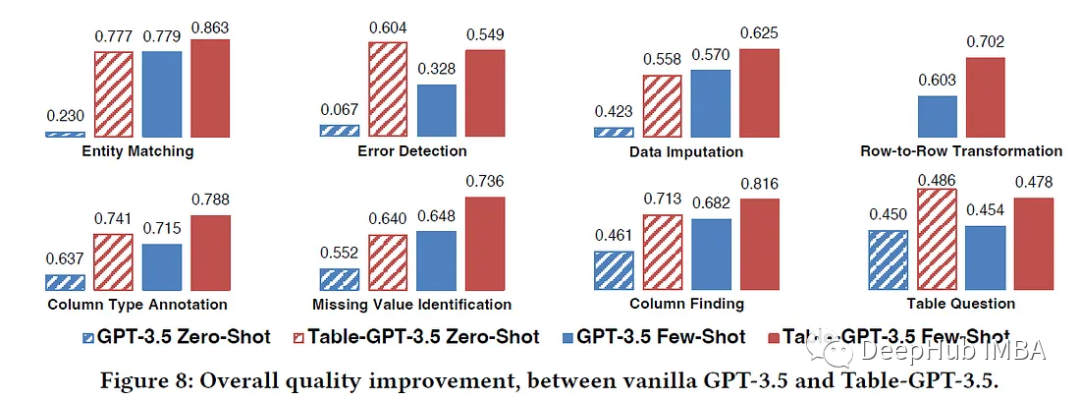


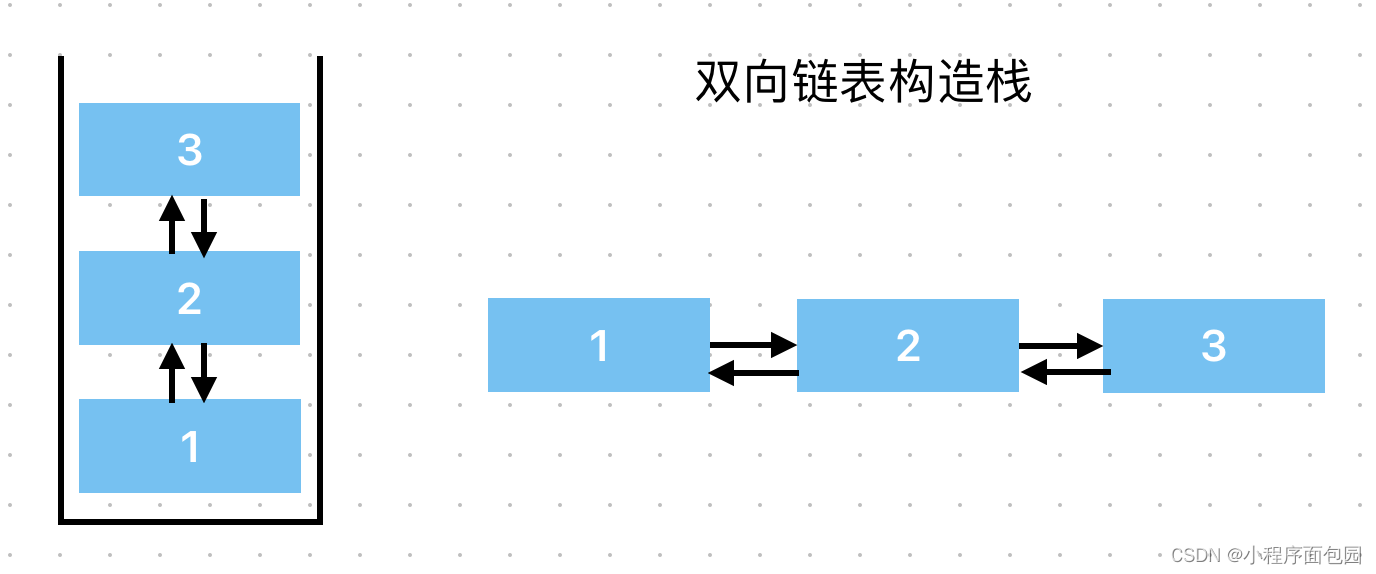
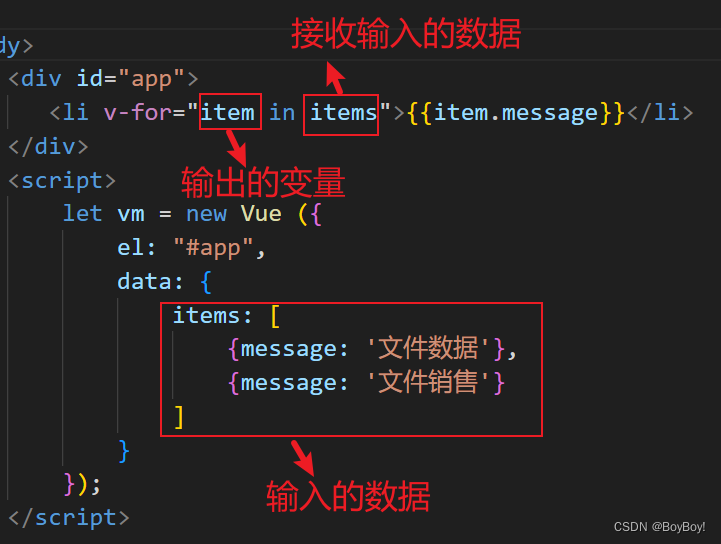
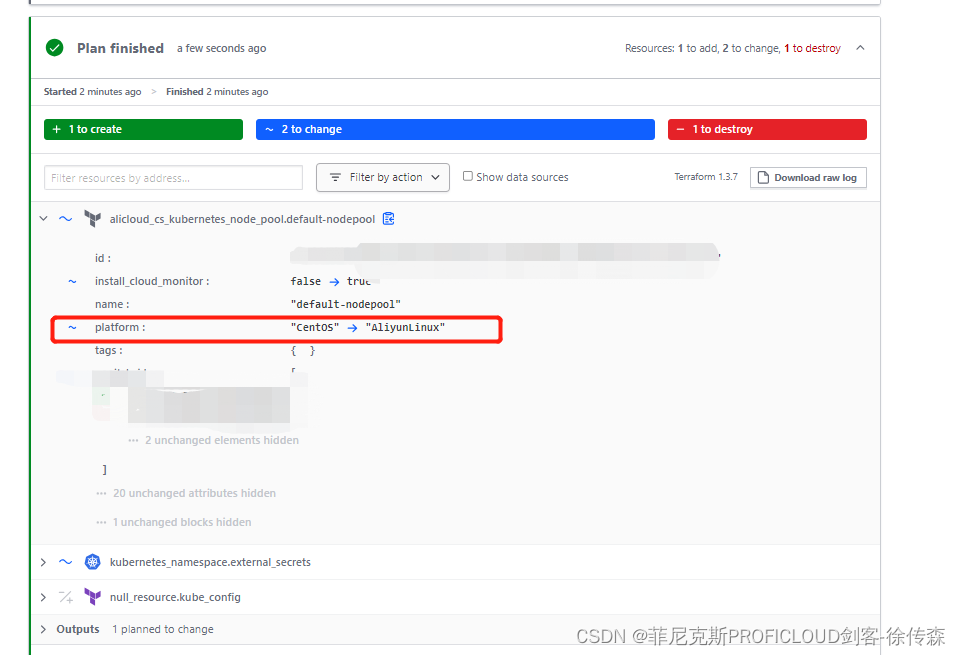





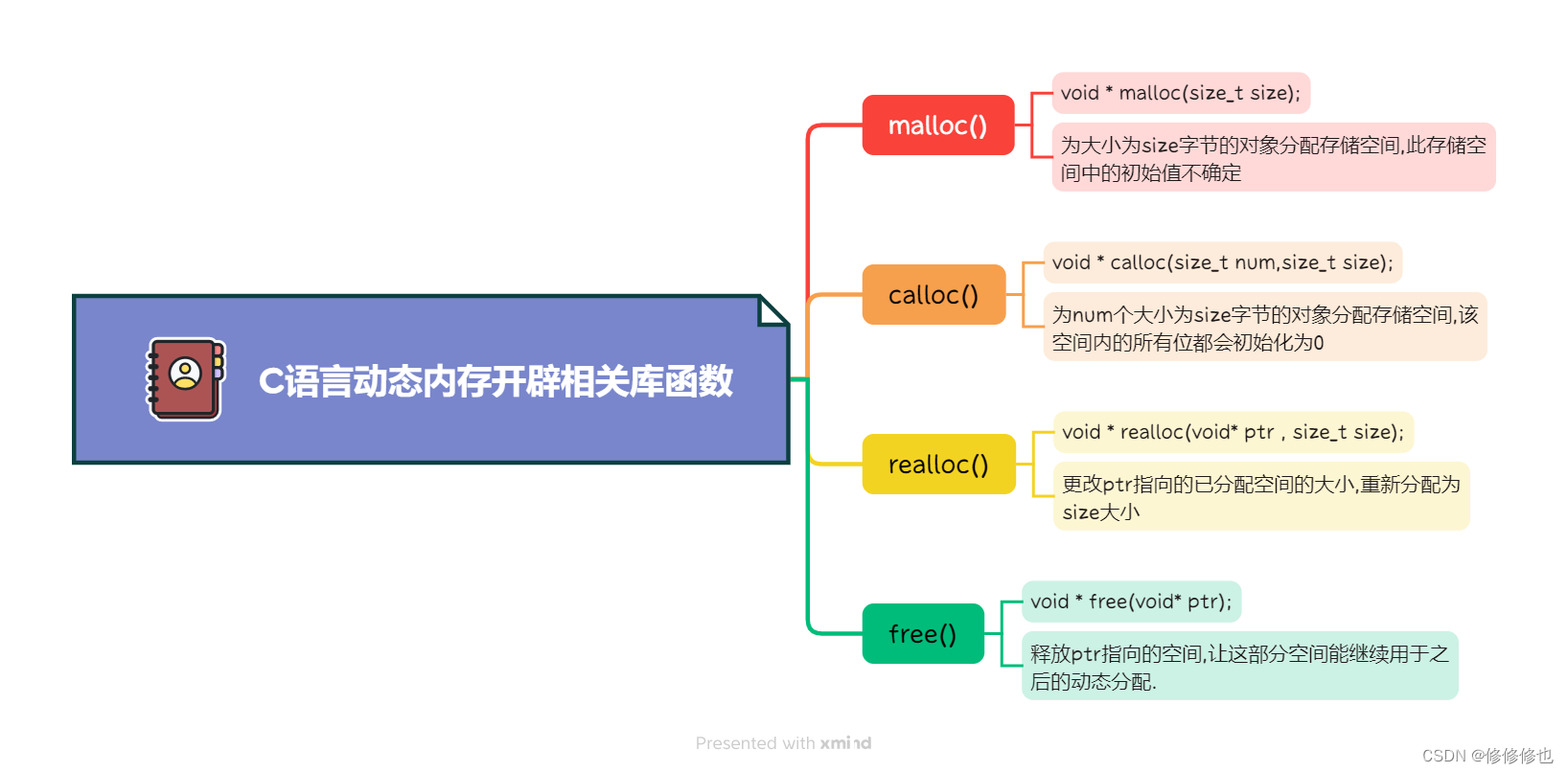

![[Java/力扣100]判断两棵二叉树是否相同](https://img-blog.csdnimg.cn/5012b4ee16ed42edbf6765b7a62665c0.png)

